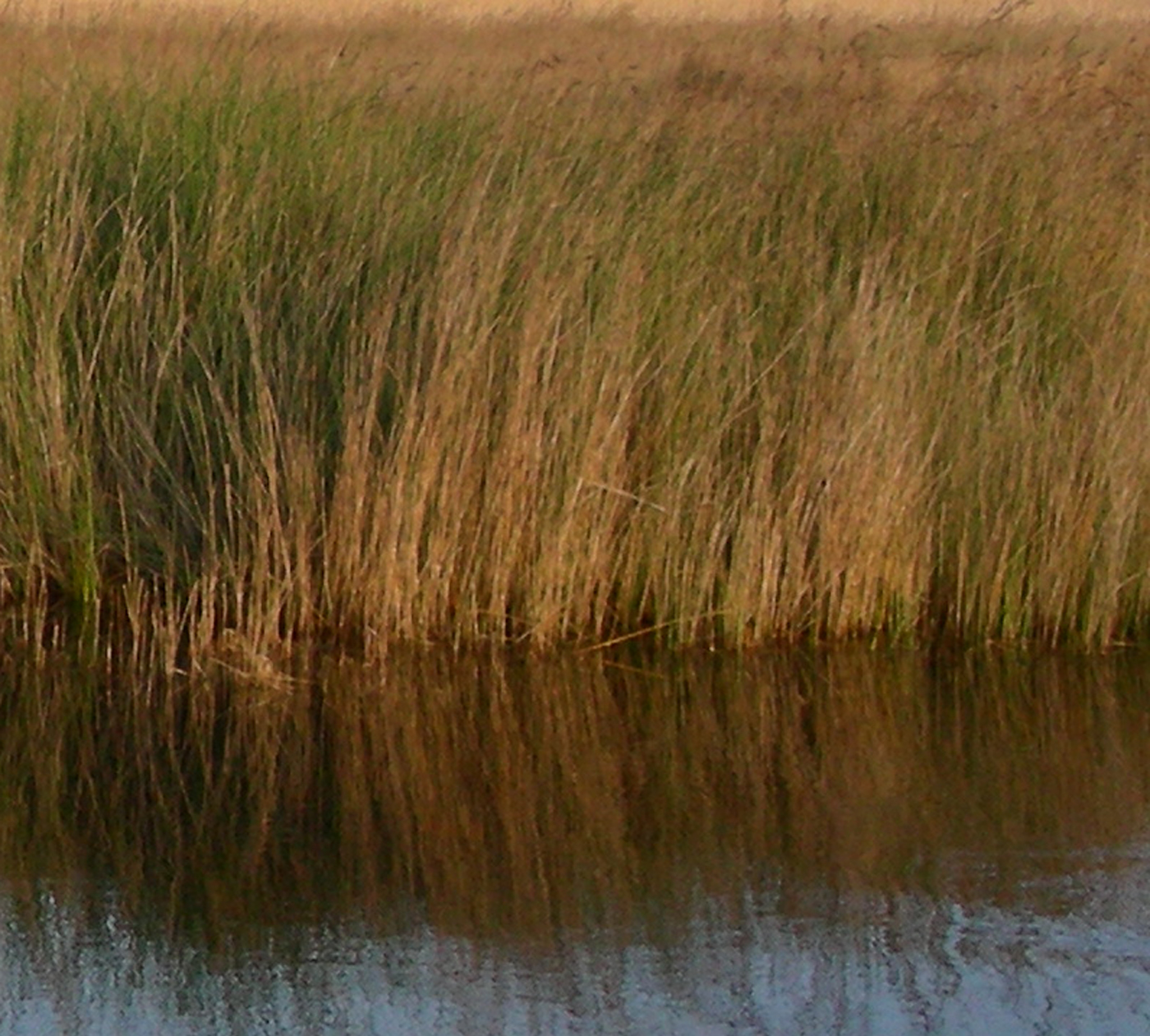Activities
- Implementation of the EMAS in the National Park
Through the voluntary implementation of EMAS, the Management Board of the National Park aimed at reducing the environmental impacts from its activities and at becoming a pioneer in the improvement of the quality of the environment in the area.
- Implementation of sustainable waste management plan and recycling system
The aim was to organise well the solid waste management in the National Park and to train visitors and residents of the area on recycling. In this framework, clean-up events of the forest and the beach were organised regularly with the participation of schools from the area.
- Implementation of a sustainable transportation plan for the visitors
The aim was to reduce the use of private vehicles within the area of the National Park and to promote transportation of the visitors through alternative means. In the framework, the solution of increasing the use of bicycles in the National Park was examined and proposed, as well as the promotion of walking. In the pineforest and the wetland, pathways were designed for walking and cycling, which pass through the more beautiful spots of the National Park.
- Promotion of accessibility of the National Park by disabled visitors
The aim was that the zones of high interest in the National Park are accessible by disabled visitors. In this framework, a digital multilingual audio-tour was available, which was also accessible by visually impaired people and provided visitors with information about the natural environment, the history and the flora and fauna of the area. The audio tour was designed with special care for families and children, so that they combined the sightseeing with fun and also with the concept of environmental protection. In addition, regarding the accessibility of disabled, special signs were installed within the pathways and disabled visitors could also access an observatory with panoramic view to the entire area of the National Park.
- Promotion of the issue of Environment and Accessibility at European level
The combination of the environmental protection and sustainable tourism activities with the promotion of its accessibility by disabled visitors provided the Schinias Marathon National Park an innovative aspect. The aim was that the National Park becomes a pilot park that provides environmental education to the visitors affecting their behaviour on sustainability issues. In addition, pilot actions were expected to motivate other National Parks in Greece to adopt similar practices for the protection of the environment, sustainable tourism and accessibility of disabled in protected areas.
Results
After the completion of the Green Marathon demo project and several infrastructure works, the Schinias Marathon National Park offered some innovation for the Greek standard practices and services to its visitors. This gave the park an important opportunity for becoming a pilot National Park in Greece and attracting a high number of European visitors at the beach of Schinias, the famous pine forest and the wetland. For the exploitation of these opportunities, sustainable management of the National Park and productive cooperation with local stakeholders for long-term planning are required.
